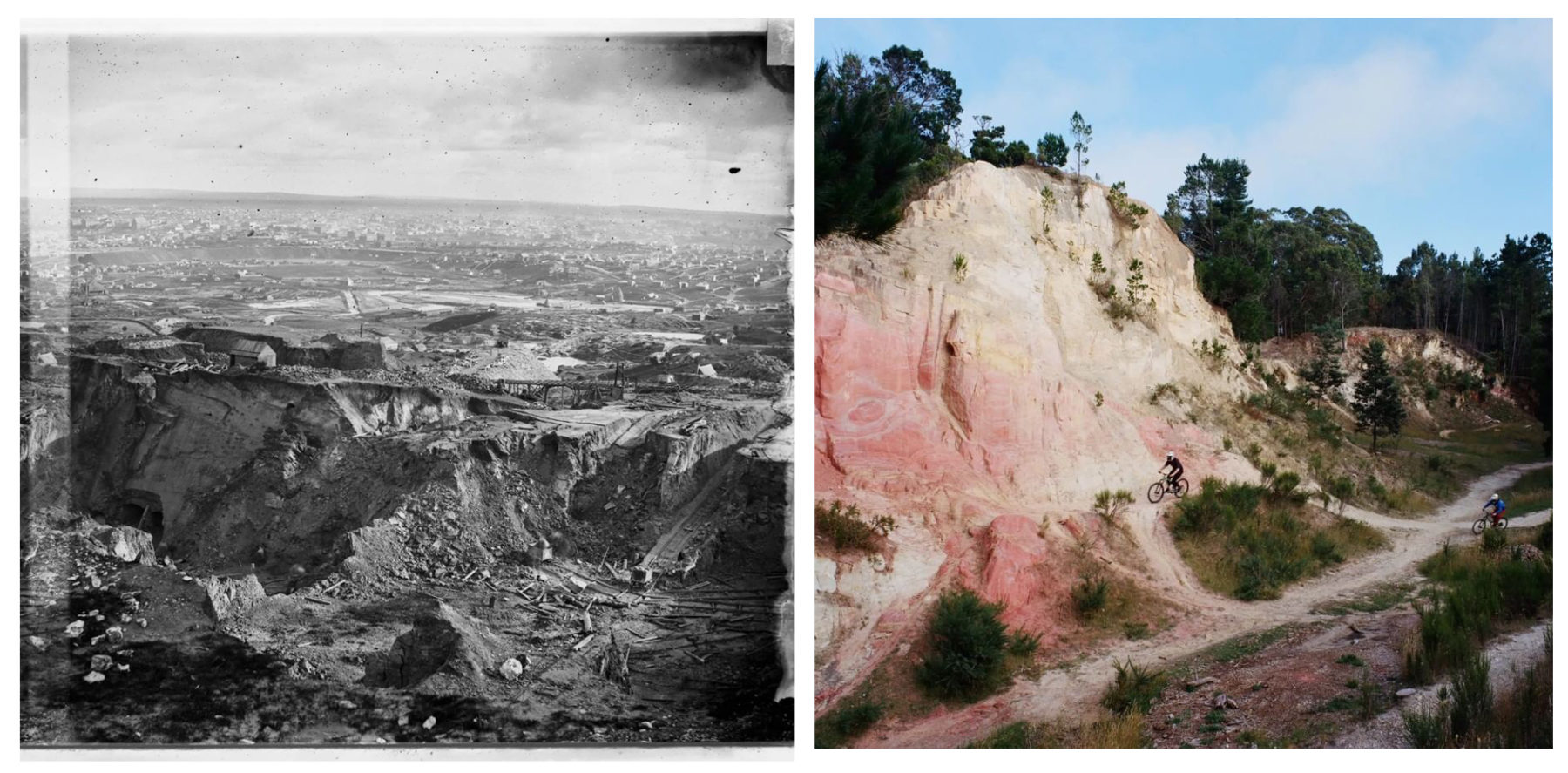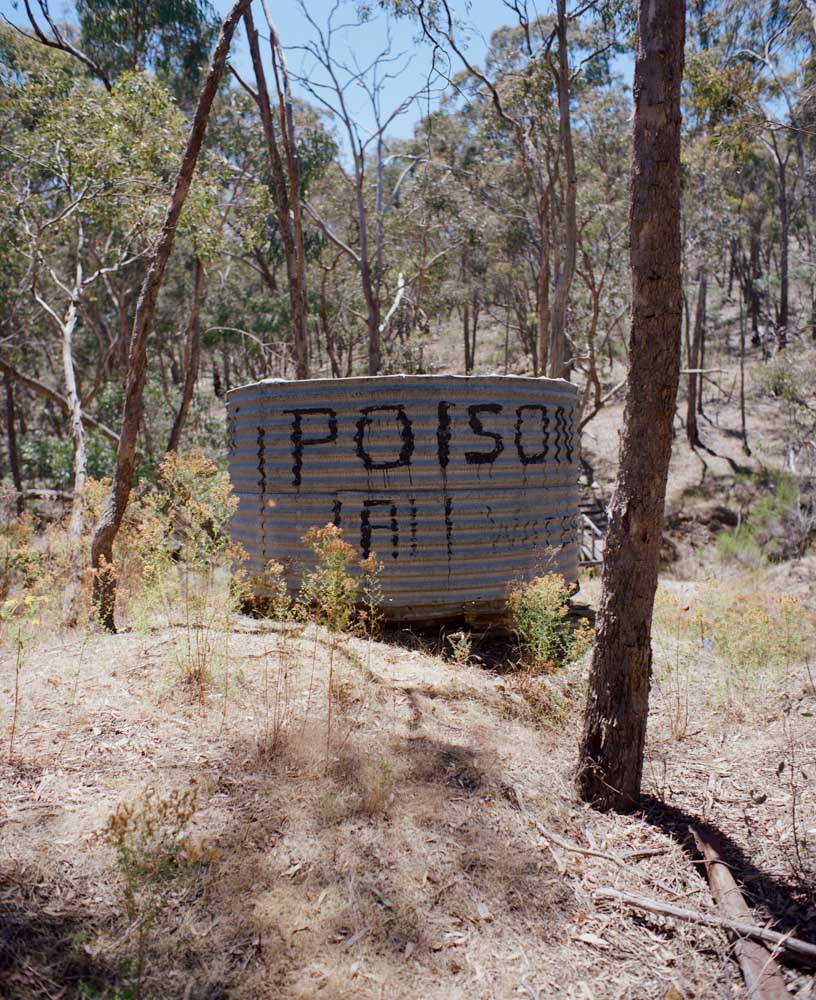1. STEIGLITZ
A handful of residents hang on in this village that once had a population of 1500. Apart from the impressive courthouse, the only remaining evidence of its boom times is a mullock heap and three fenced-off sections containing 2m-square shafts dropping up to 100m to Boxing Reef.
2. NORTH BRITISH MINE, MALDON
The site reeks of abandonment. Stones and bricks litter an area degraded by mining, along with crumbling cyanide tanks, buildings and some of the largest surviving quartz kilns in Victoria.
3. BLACK HILL, BALLARAT
Be alert as you descend to the face of the open-cut mine, because daredevils zoom past at this mountain-bike park. Open-cut mining began in the late 1850s, and rehabilitation began in 1913 when schoolchildren planted trees.

4. CENTRAL DEBORAH MINE, BENDIGO
This mine was left intact when operations ceased in 1954; it opened for tours in 1971. Explore the honeycomb of tunnels 61m below the surface.
5. VICTORIA HILLS DIGGINGS, BENDIGO
Here in 1910, Victoria Quartz Company’s shaft reached 1406m, the world’s deepest at the time. Today, the poppet
head serves as a lookout.
6. RED KNOB MINE, VAUGHAN
In the mid 20th century, dramatic cliffs were created when hillsides were blasted away in a mining technique called ‘hydraulic sluicing’ which used high pressure jets of water to break away large areas of earth, washing it down into a sluice box where gold was trapped.
7. EUREKA REEF, CHEWTON
The 21 points on the heritage walk are ecletic. The Victorian Heritage Database cites the tailings, tanks, chimneys, tunnels, ruins and shafts as the best surviving examples of early quartz-mining technology and settlement in Victoria.
8. FOREST CREEK HISTORIC GOLD DIGGINGS, CASTLEMAINE
Victoria’s gold rush started in earnest here, with easy access to alluvial gold. The most intriguing relic is a water cannon that would fire 10,000 gallons a minute to extract ore from the hillside.
9. GARFIELD WATER WHEEL, CHEWTON
The bush has reclaimed most of Garfield Gold Company’s site. All that remains of its 22m-diameter water wheel is its massive stone supports.
10. PINK CLIFFS, HEATHCOTE
This is a stark example of the technique of hydraulic sluicing – water-blasting the ground to capture any gold in the sluice box – and the drastic effect it has on the landscape.







Abandoned gold mines of Central Victoria. Image credit: Noah Thompson
For more information visit Goldfields Guide.




